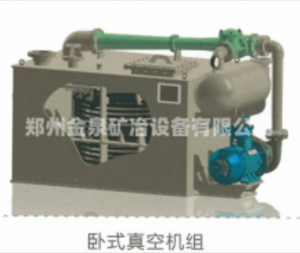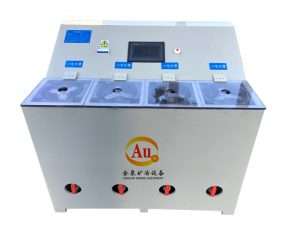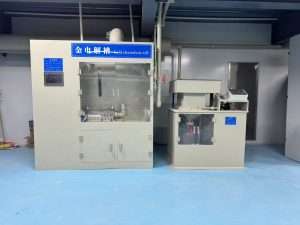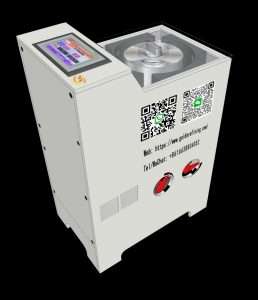Call us now:

Vacuum unit equipment
I. Equipment Features The vacuum unit is composed of a series of units including anti-corrosion PP water tank, buffer tank, RPP water jet pump, check valve, steam-water jet pump, and
Efficiently recover precious metals such as platinum, palladium, and rhodium from spent catalysts
The first step in recycling spent catalysts is pre-treatment, which includes the collection and classification of the catalysts based on their types, such as automotive exhaust catalysts and petrochemical catalysts. After classification, the catalysts are crushed and ground to increase the surface area, enhancing the efficiency of subsequent processing steps.
Thermal treatment is essential for removing unwanted organic materials and carbonaceous substances. This is typically done through high-temperature incineration. Additionally, roasting the catalysts in an oxidizing atmosphere helps to separate the precious metals from their chemical compounds, making them more accessible for extraction.
Leaching is a key step in dissolving the precious metals contained in the catalysts. Acid leaching, which uses strong acids like aqua regia, nitric acid, and hydrochloric acid, is commonly employed to dissolve metals such as platinum, palladium, and rhodium. For certain types of catalysts, alkaline leaching with specific alkaline solutions can also be effective.
After leaching, selective precipitation is used to recover the dissolved precious metals. By adjusting the pH of the solution or adding specific precipitating agents such as sulfides or chlorides, the precious metals can be precipitated out of the solution.
Solvent extraction involves using specific organic solvents to selectively extract precious metals from the leachate. This step allows for the concentration of precious metals, which can then be recovered through processes such as distillation or back-extraction.
Electrolysis is a widely used method for depositing precious metals onto electrodes. Through this process, precious metals are efficiently recovered from the solution by electrochemical deposition.
The recovered precious metals often require further refining and purification to reach high purity standards. Pyrometallurgical refining involves melting the metals and using methods such as oxygen blowing to remove impurities. Hydrometallurgical refining uses chemical methods to achieve the desired level of purity in the metals.
The final step in the recycling process involves analyzing and inspecting the quality of the recovered metals. Techniques such as X-ray fluorescence (XRF) and atomic absorption spectroscopy (AAS) are employed to determine the purity and composition of the precious metals, ensuring they meet the required standards.
In conclusion, recycling precious metals from spent catalysts is a complex process that involves multiple stages, from pre-treatment to final quality inspection. By efficiently recovering these valuable metals, the process not only conserves resources but also mitigates environmental impact, contributing to sustainable industrial practices.

I. Equipment Features The vacuum unit is composed of a series of units including anti-corrosion PP water tank, buffer tank, RPP water jet pump, check valve, steam-water jet pump, and

Jinquan Electrochemical Deposition Equipment The electrochemical deposition system has revolutionized traditional metallurgical processes through dynamic flow field control technology and is widely used in

Intelligent gold electrolysis equipment combines automatic control, intelligent monitoring and efficient electrolysis technology. It can process raw gold materials with a purity of more than

Jinquan Electrolysis - Cyclone Electrowinning Equipment Cyclone electrowinning equipment is widely used in gold plating solution, gold stripping solution, gold ore heap leaching, spraying solution